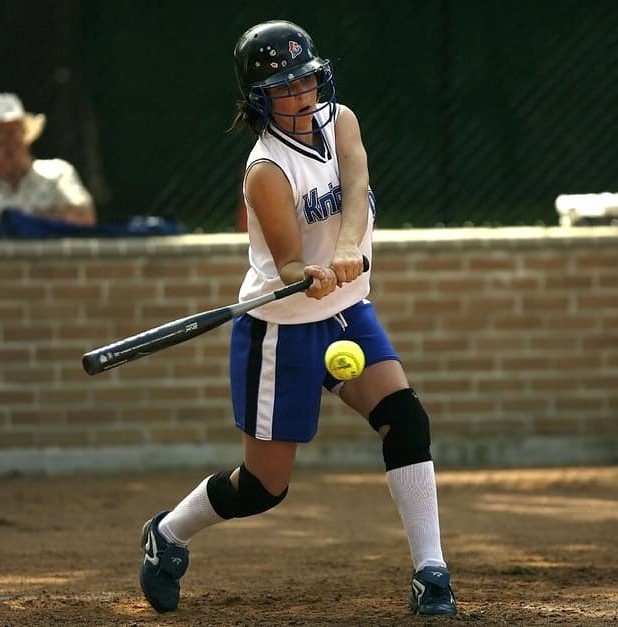Sports Eye Safety
 According to Prevent Blindness, more than 40 percent of eye injuries that occur every year are related to sports or recreational activities. Basketball was the leading cause of injury in males, followed by baseball/softball, and air/paintball guns. Baseball or softball was the leading cause among females, followed by cycling and soccer.
According to Prevent Blindness, more than 40 percent of eye injuries that occur every year are related to sports or recreational activities. Basketball was the leading cause of injury in males, followed by baseball/softball, and air/paintball guns. Baseball or softball was the leading cause among females, followed by cycling and soccer.
Blunt trauma, which occurs when you get hit in the eye, accounts for most sports-related eye injuries. These can include a broken bone under the eyeball (what your doctor would call an orbital blowout fracture), a broken eyeball (also called a ruptured globe), and a detached retina.
Penetrating injuries are less common and happen when something cuts into your eye, such as if your eyeglasses break from being hit.
Another type of injury, called a radiation injury, comes from exposure to the sun’s ultraviolet light. If you snow ski or participate in water sports, you could be at risk.
The good news is most serious eye injuries could be prevented by wearing appropriate protective eyewear.
 Take the following steps to avoid sports eye injuries:
Take the following steps to avoid sports eye injuries:
- Always consult an eye care professional or expert optometrist at The Eye Institute (TEI) to recommend the best eye protection for your sport and lifestyle.
- If you wear prescription glasses, ask your eye doctor to fit you for prescription eye protection.
- Sports eye protection should be padded or cushioned along the brow and bridge of the nose. Padding will prevent eye guards from cutting the skin.
- Try on eye protection to determine if it is the right size. Adjust the strap and make sure it is not too tight or too loose. Consult your eye care professional to ensure it has a comfortable, safe fit.
- In ice hockey and men’s lacrosse, wear a helmet with a polycarbonate face mask or wire shield. Hockey face masks should be approved by the Hockey Equipment Certification Council or the Canadian Standards Association (CSA).
- Boxing and full-contact martial arts pose an extremely high risk of serious and even blinding eye injuries. There is no satisfactory eye protection for boxing, although thumb less gloves may reduce the number of boxing eye injuries.
- Spectators at sporting events should also be careful. Balls, bats, and players can end up in the stands at any time. Keep your eyes on the game and watch out for foul balls and flying objects.
 If an injury does occur, contact your optometrist to examine the eye as soon as possible. TEI offers emergency eye care services in addition to its general and specialty practices for its patients. During normal operating hours patients requiring urgent or emergency care should report to the Emergency Service in The Eye Institute for emergency triage. If emergency care is required after hours, ONLY patients who have been examined at TEI in the past THREE years should call the after-hours number: 215.276.3035. If you are NOT a TEI patient, care after hours should be sought at a local hospital.
If an injury does occur, contact your optometrist to examine the eye as soon as possible. TEI offers emergency eye care services in addition to its general and specialty practices for its patients. During normal operating hours patients requiring urgent or emergency care should report to the Emergency Service in The Eye Institute for emergency triage. If emergency care is required after hours, ONLY patients who have been examined at TEI in the past THREE years should call the after-hours number: 215.276.3035. If you are NOT a TEI patient, care after hours should be sought at a local hospital.
If you or a loved one needs treatment after a sports-related eye injury or is interested in purchasing protective eyewear, contact The Eye Institute today.